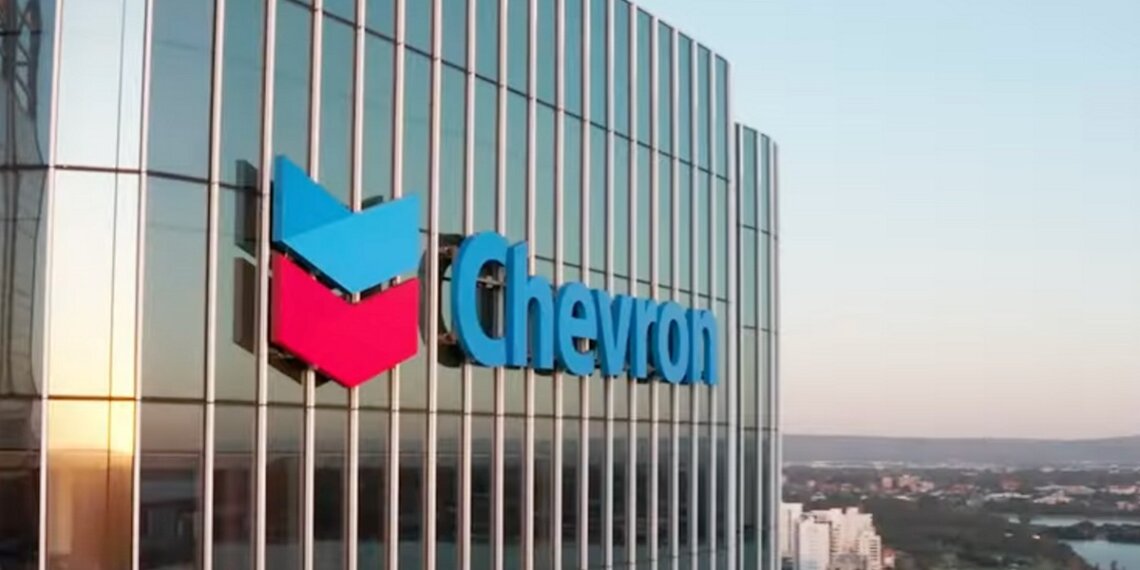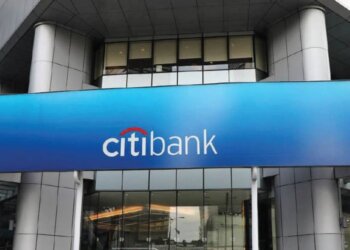Chevron exceeded Wall Street profit predictions during the second quarter because its record oil and gas production combined with controlled capital spending helped reduce the impact of declining crude prices. The company achieved these strong financial results after completing its $55 billion Hess acquisition which gave it access to the Stabroek Block in Guyana.
The company reported $3.1 billion in adjusted earnings which translated to $1.77 per share while analysts predicted $1.70. The company produced a record 3.4 million barrels of oil equivalent per day during the period with the Permian Basin producing 1 million barrels of oil equivalent per day.
The 11% decline in Brent crude prices during the quarter did not affect Chevron’s profitability because the company reduced its capital expenditures by 7.5% from the previous year. CFO Eimear Bonner emphasized that the company’s exceptional operational results supported its financial stability.
The oil major increased its 2026 free cash flow projection to $12.5 billion. The company distributed $5.5 billion to shareholders through dividend payments and stock repurchases with $2.6 billion dedicated to repurchases. The acquisition of Hess will boost long-term dividend payments according to Chevron but the company maintains its annual repurchase target of $10 billion to $20 billion.
RBC analysts praised the results by describing them as a “strong beat” after investors expressed doubts about the Hess merger. The maintenance operations will cause a minor reduction in production during the third quarter. Chevron has established itself as a resilient company that can withstand market fluctuations in commodities.










